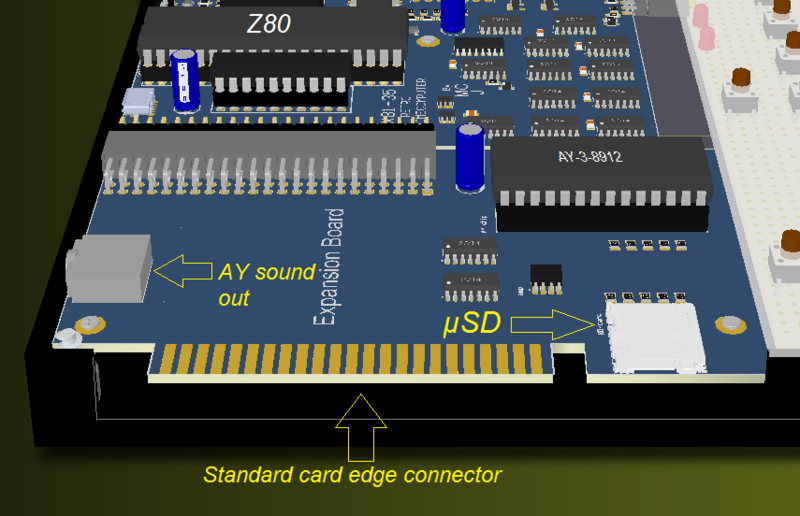yes, thats completely true, although with capacitors as small as 47pf, as used in some (early) designs, (the ZX80) only the up and downing flanks from the square wave would make it through, and that seems to have been the intent all along, but a typical playback file of a ZX81 typically consist of a series of up and down going pulses, as like this recording of a ZX81 cassette signal:

And with 100nF that actually does happen, but with very small values of the filter C it would not!

for a hundred nanofarad the filter wave behaves as "Vout at High Frequencies" as in the picture above, but for 47 pF the filter would behave as "Vout at Low Frequencies", so which behavior is preferably? looking at the generated playback files, they look like the left picture. but the signal generated by my circuit looks like the right picture.
the signal from the left (47pF) would not suffer from asymmetries at all, as the signal already returns to zero after each flank, pauses in the burst are just pauses with no signal, with the signal at or near zero.
so the question is, which filter "works best" for reliable recording/playback, i'm not sure the jury is out yet on that....
for me, I think the middle picture would work best, then again if your detector would be a zero cross detector, it would be good if the signal would not be nearly zero as that would generated spurious output, unless you add some hysteresis. but for
my detector it seems the right picture works best, so I'm hesitant to change anything.
as always your input in this is appreciated.
by the way, the few dozen programs, designed for an unexpanded) ZX81 until now all worked fine, with the sole exception of miner 49er, not sure why that is, possibly a loading error? will try other pseudo graphics programs from the same studio.
p.s. edited once, after reading it back and realizing I made a mistake.



